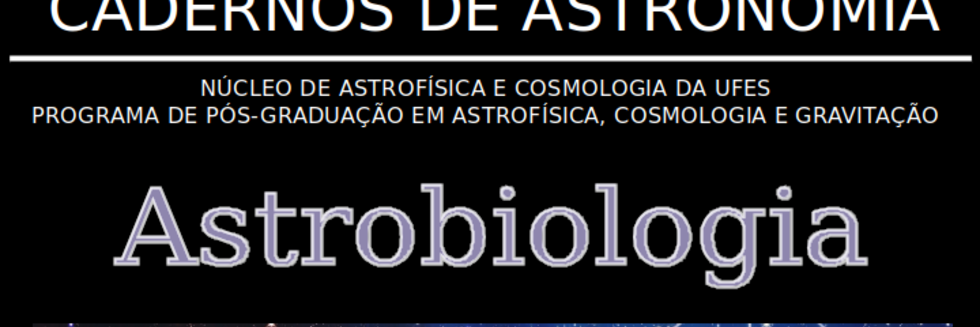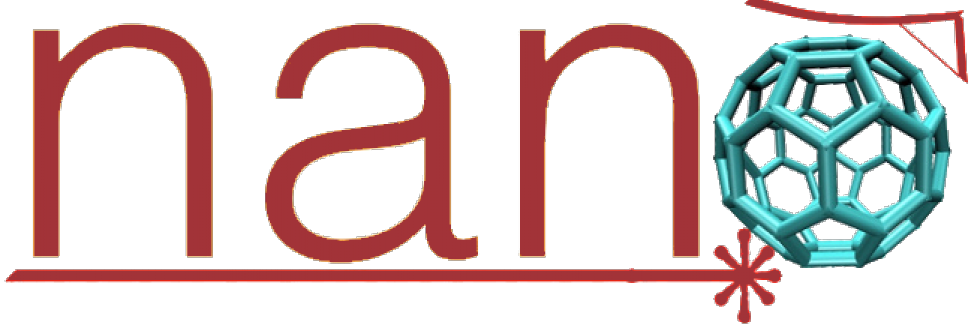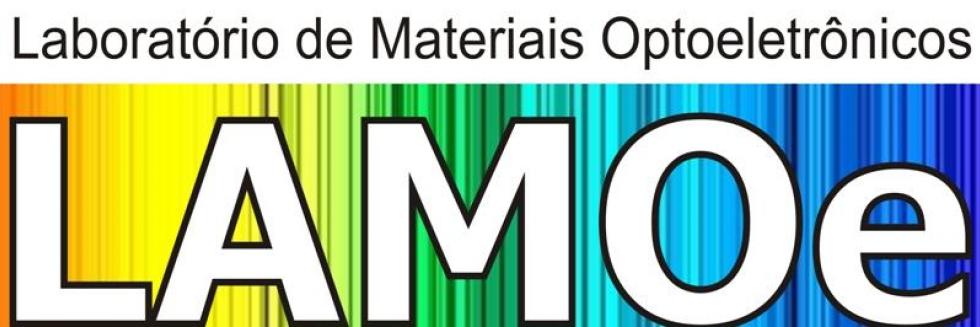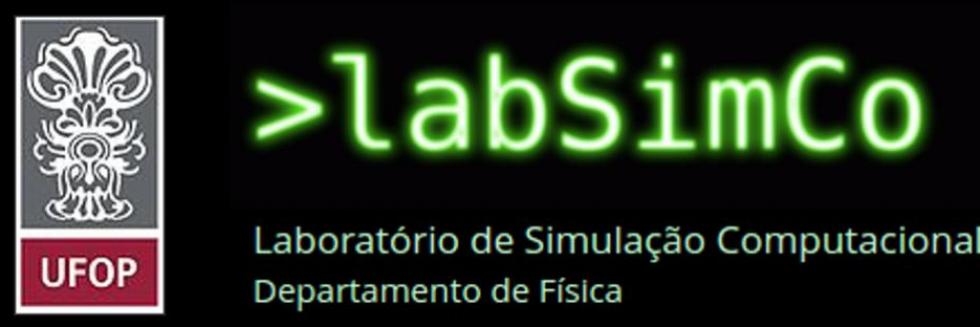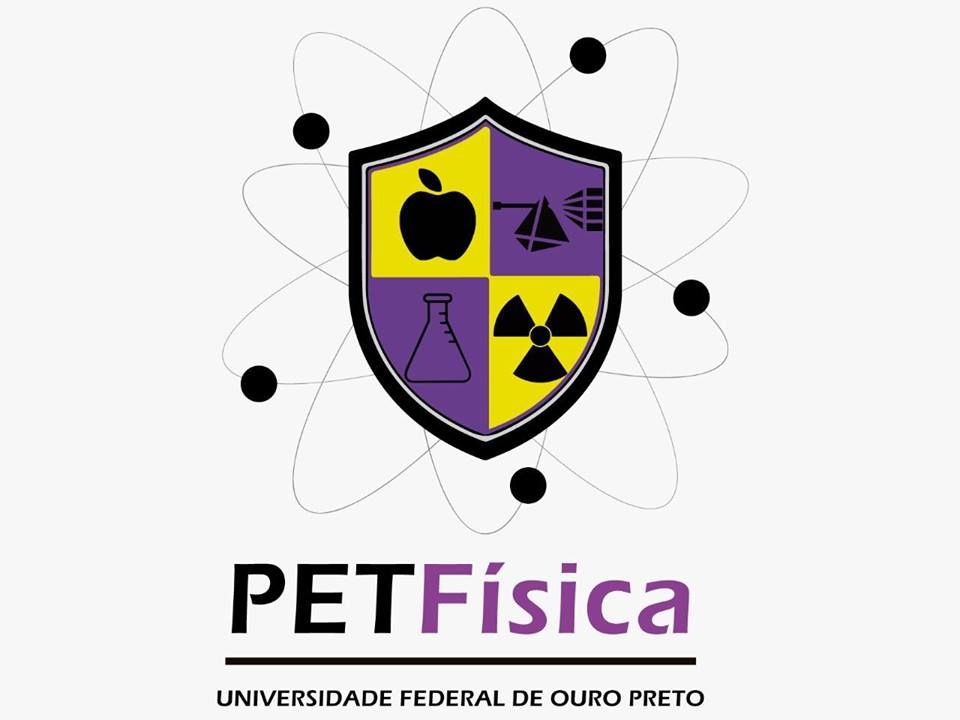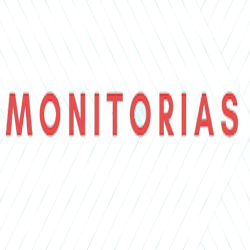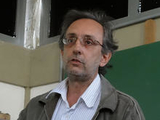Antoniazzi I, Chagas T, Matos MJS, Marçal LAB, Soares EA, Mazzoni MSC, Miwa RH, Lopes JMJ, Malachias Â, Magalhães-Paniago R, et al. Oxygen intercalated graphene on SiC(0001): Multiphase SiOx layer formation and its influence on graphene electronic properties. Carbon [Internet]. 2020. Publisher's VersionAbstract
Low-dimensionality materials are highly susceptible to interfaces. Indeed, intercalation of different chemical species in between epitaxial graphene and silicon carbide (SiC), for instance, may decouple the graphene with respect to the substrate due to the conversion of the buffer layer into a graphene layer. O-intercalation is known to release the strain of such 2D material and to lead to the formation of high structural quality AB-stacked bilayer graphene. Nonetheless, this interface transformation concomitantly degrades graphene electronic transport properties. In this work we employed different techniques in order to better understand the structure of the graphene/SiC interface generated by O-intercalation and to elucidate the origin of the poor electronic properties of graphene. Experimental results revealed the formation of a SiO2 rich layer with a defective transition layer in between it and the SiC, which is characterized by the existence of silicon oxycarbide structures. Scanning tunneling spectroscopy measurements revealed an extensive presence of electronic states just around the Fermi level all over the sample surface, which may suppress the charge carriers mobility around this region. According to theoretical calculations, such states are mainly due to the formation of silicon oxicarbides within the interfacial layer.





